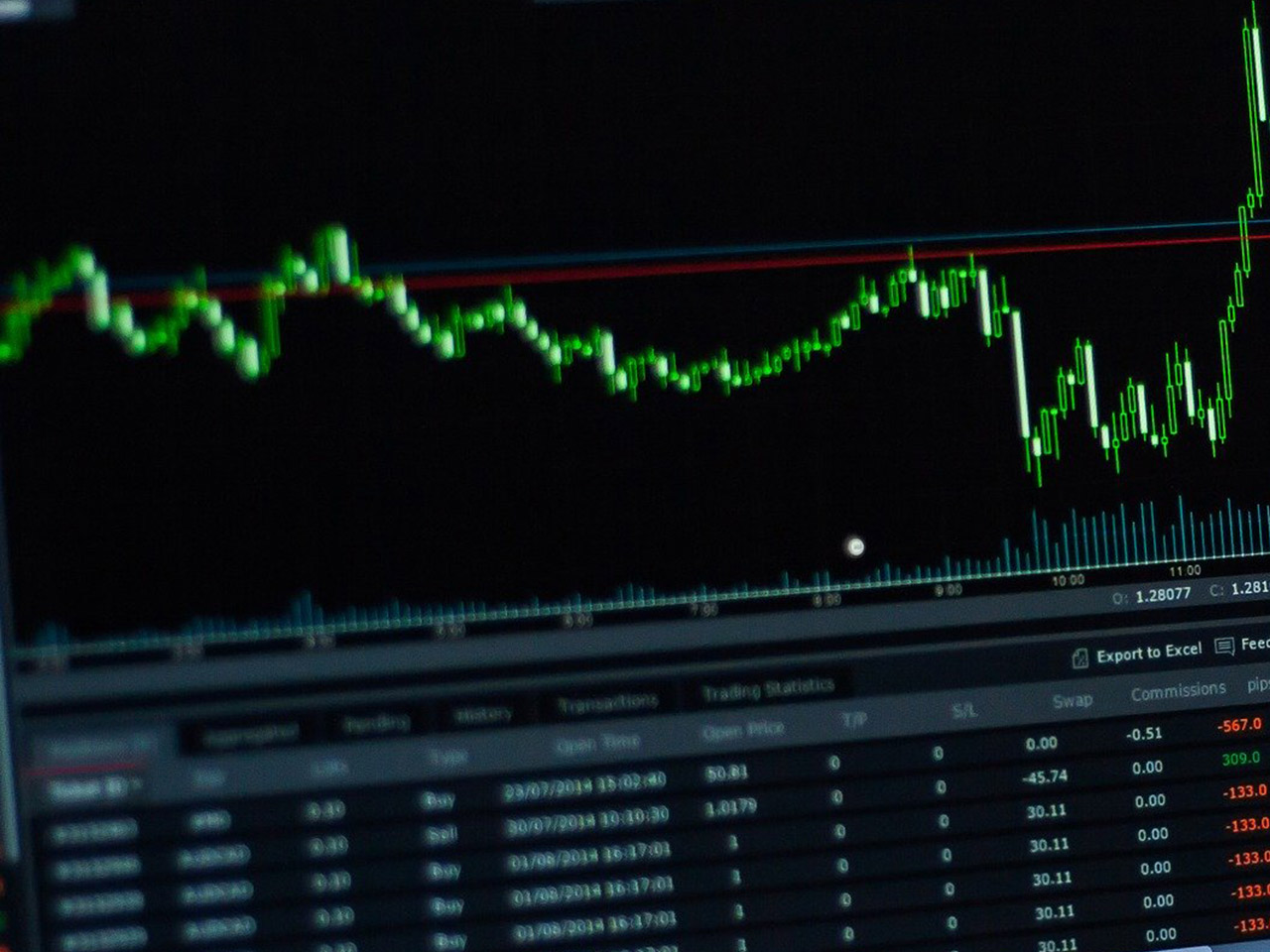Moderna, Inc. (NASDAQ: MRNA), a leader in the biotechnology sector, has been a focal point for investors seeking to understand the evolving landscape of mRNA technology and its broad applications. Despite recent financial hurdles, including a significant dip in revenue, the stock presents intriguing opportunities for investors willing to navigate the complexities of the biotech industry.
Moderna’s recent market performance has been characterized by volatility, with its stock currently trading at $24.54. This price reflects a mere 0.01% change, highlighting a period of relative stability after a year marked by significant fluctuations, from a 52-week low of $23.51 to a high of $47.53. The current price sits below both its 50-day moving average of $25.81 and its 200-day moving average of $28.71, indicating potential resistance levels that investors should monitor closely.
The company’s valuation metrics suggest a challenging landscape. Moderna’s forward P/E ratio of -3.43 indicates investor expectations of future losses, reflecting the broader challenges in its financial performance. With a dramatic revenue contraction of 45.40% and a negative EPS of -8.06, Moderna is navigating a tough fiscal environment. This is further evidenced by a troubling return on equity of -29.32% and a free cash flow deficit of nearly $2 billion.
Despite these financial headwinds, analyst sentiment offers a silver lining. Moderna has garnered five buy ratings, with an average target price of $40.15, suggesting a potential upside of 63.61% from current levels. This notable potential for appreciation is driven by optimism around Moderna’s robust pipeline and strategic partnerships. The company’s extensive portfolio includes vaccines for a wide range of viruses, from COVID and RSV to the Epstein-Barr virus, alongside promising oncology and rare disease therapeutics.
Investors should also consider Moderna’s strategic alliances with industry giants such as AstraZeneca and Merck & Co., Inc., which bolster its research and development capabilities. These partnerships are critical as Moderna continues to innovate in the mRNA space, which remains a fertile ground for technological advancements and new therapeutic solutions.
Technically, Moderna’s RSI (14) of 53.18 suggests neither overbought nor oversold conditions, while the MACD and signal line readings indicate a cautious stance among traders. These indicators can serve as useful tools for investors to gauge entry and exit points in this volatile stock.
While Moderna currently does not offer a dividend, its focus on reinvestment into research and development could yield significant long-term value for investors. The lack of a payout ratio aligns with Moderna’s strategic emphasis on growth and innovation over immediate shareholder returns.
In summary, Moderna presents a complex yet compelling opportunity for investors. The substantial potential upside is tempered by current financial challenges and market volatility. However, for those with a keen eye on the long-term potential of mRNA technologies and a tolerance for risk, Moderna could offer significant rewards as it continues to navigate and innovate within the biotechnology sector.




































